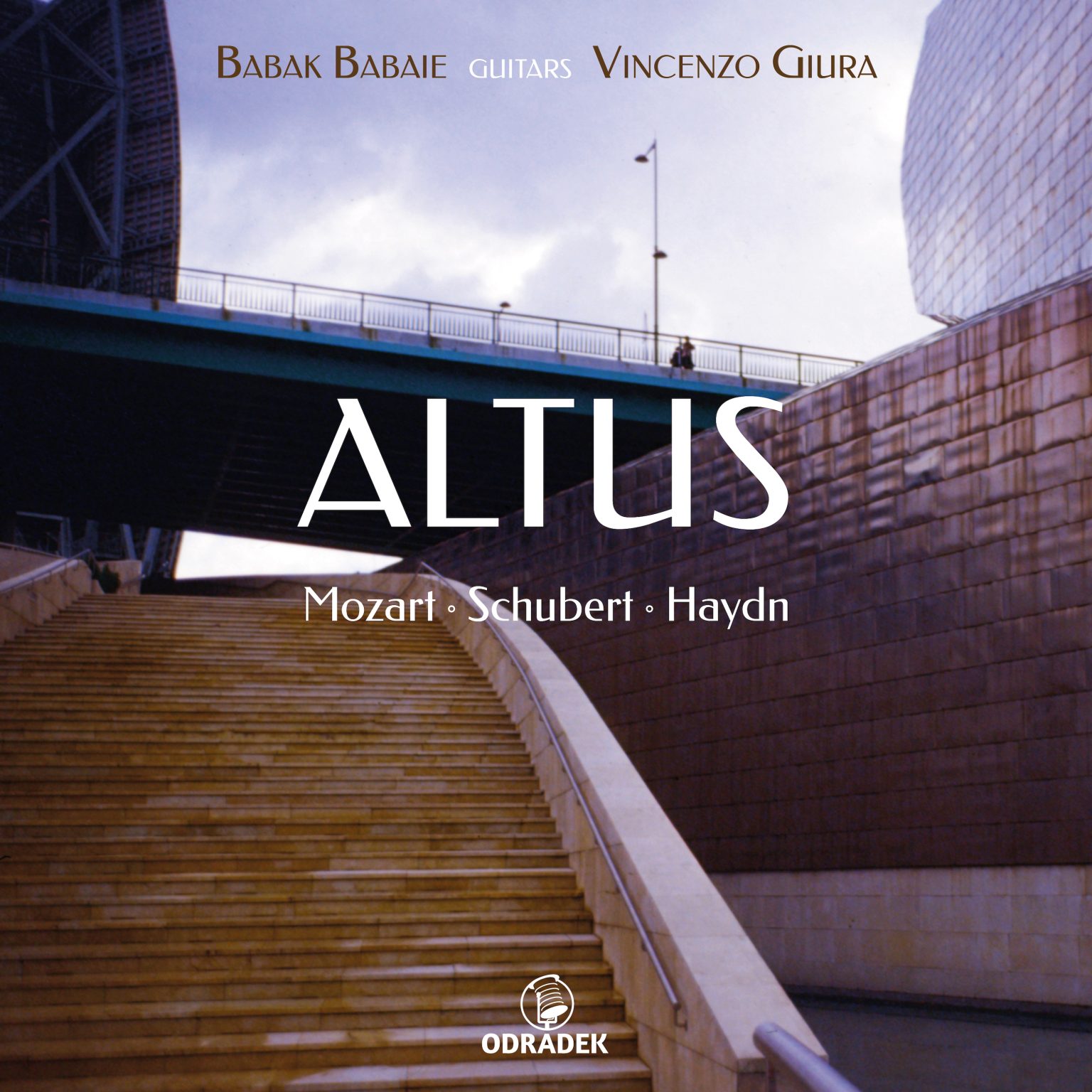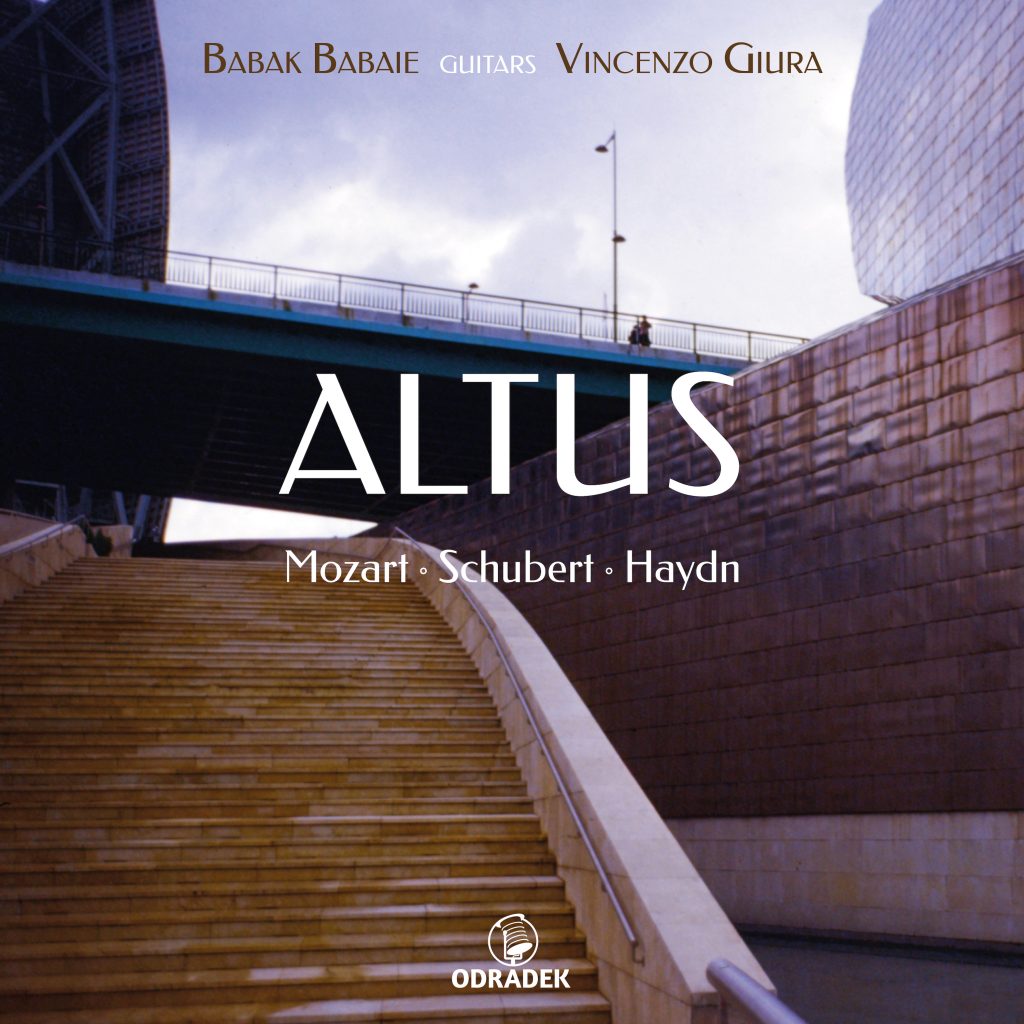The latin word Altus means high and deep at the same time, one word for both.
According to Hans Keller, “the great composer does not only compose in certain forms and styles, but equally, against them. Style is background, ideas are foreground. The background is what the composer leads you to expect; the foreground is what he does instead”. The greater the tension between background and foreground, combined in both maximal contrast and maximal unity, the more the composition becomes a masterwork. This fully applies to this programme. Somehow, our expectation is at the same time met and disregarded: the innovative double variation form in Haydn is written within and against march rhythms. Schubert’s extreme thematic contrasts are developed in a continuous fl ow. Finally, Mozart’s Sonata is at the same time contrapuntal and in the ‘galant’ style. Extreme latent unity against extreme manifest variety is the mark of genius. This is true of all good music.
The idea of dividing the score of solo piano pieces into two parts stems from the conviction that it is also possible to play the solo repertoire from a chamber perspective, in which the pianist’s two hands, or more generally all the individual components of the musical discourse, confront each other, converse in dialogue, and interact continuously. Playing these arrangements in concert, we discovered that we were not so much interested in facing the audience and projecting, as synchronously as possible, each one’s own half of a single voice, however fascinating that might seem. It seemed more interesting to us to address each other, letting the listener enter into the dynamics of this continuous interchange. The pieces proposed here support this perspective more than ever. This is one of the reasons why they were chosen, not only because they are genuine masterpieces of their time. This is why we have spent years breaking them down and putting them back together again and again in our arrangements, and why they continue to offer us new ideas every time we work on them.

